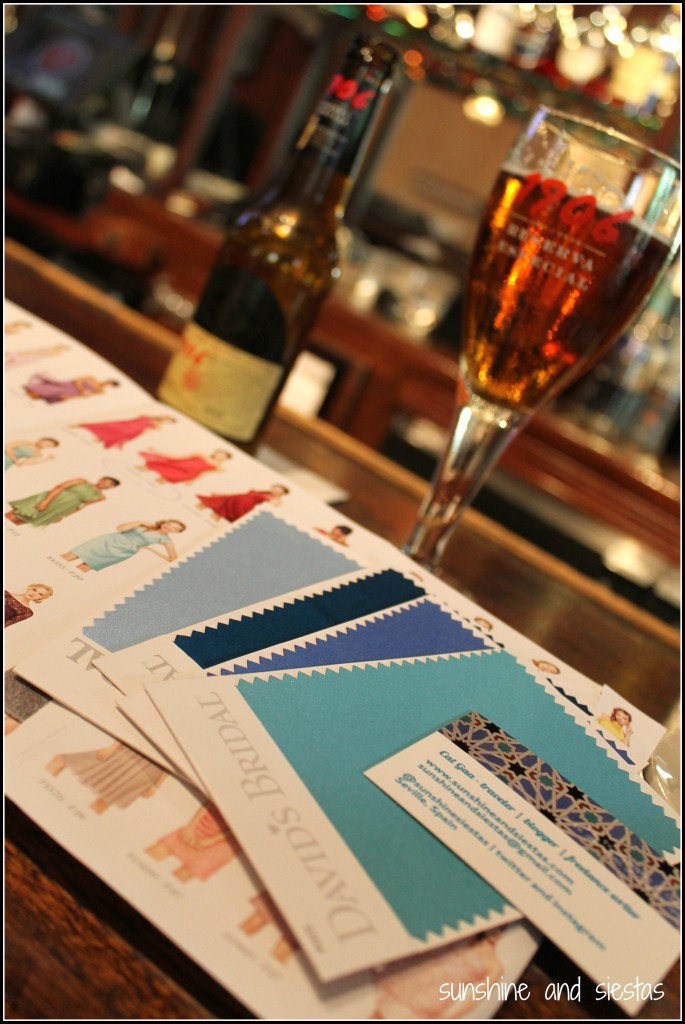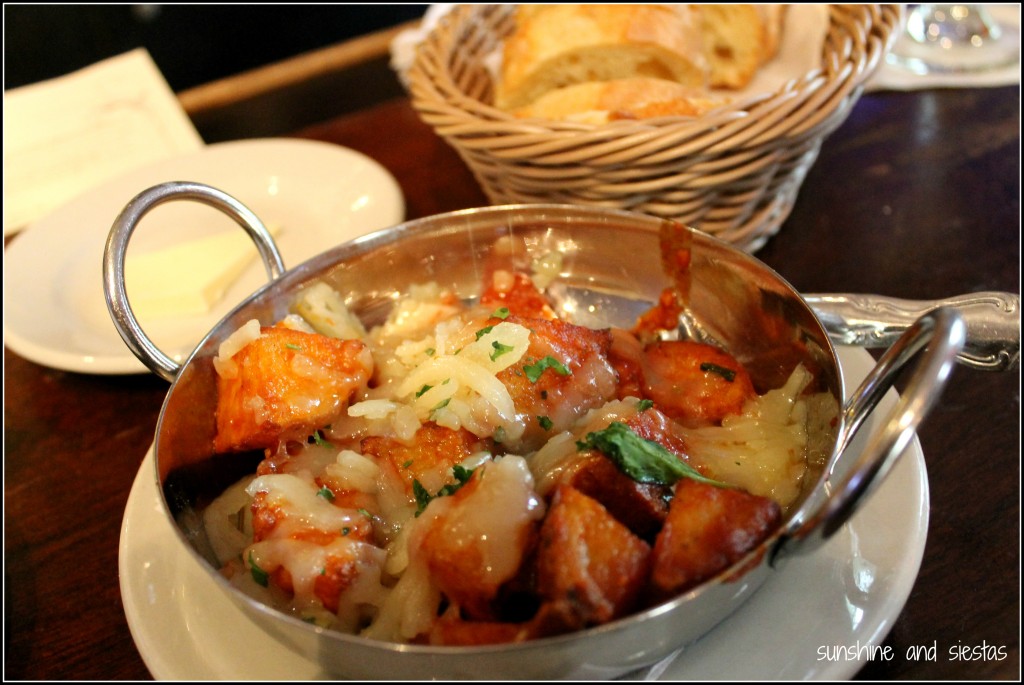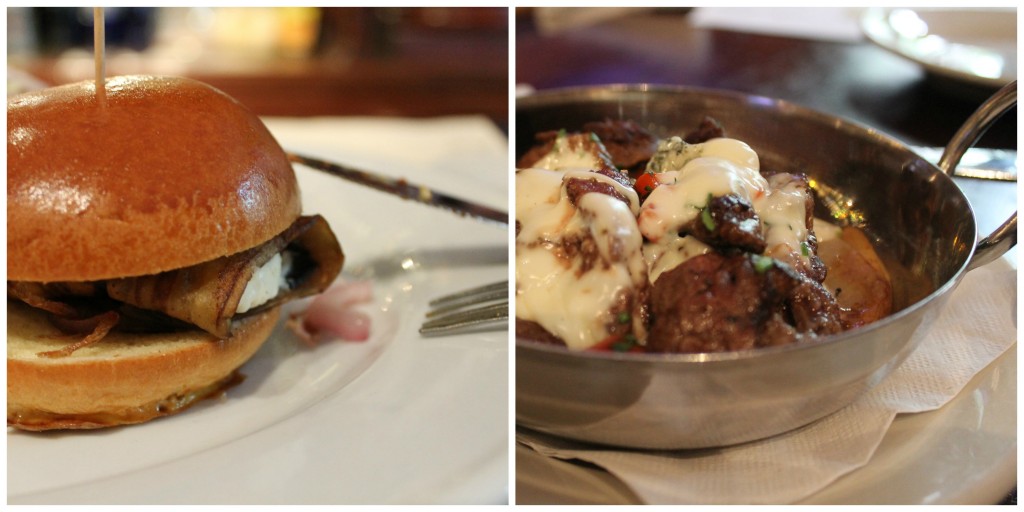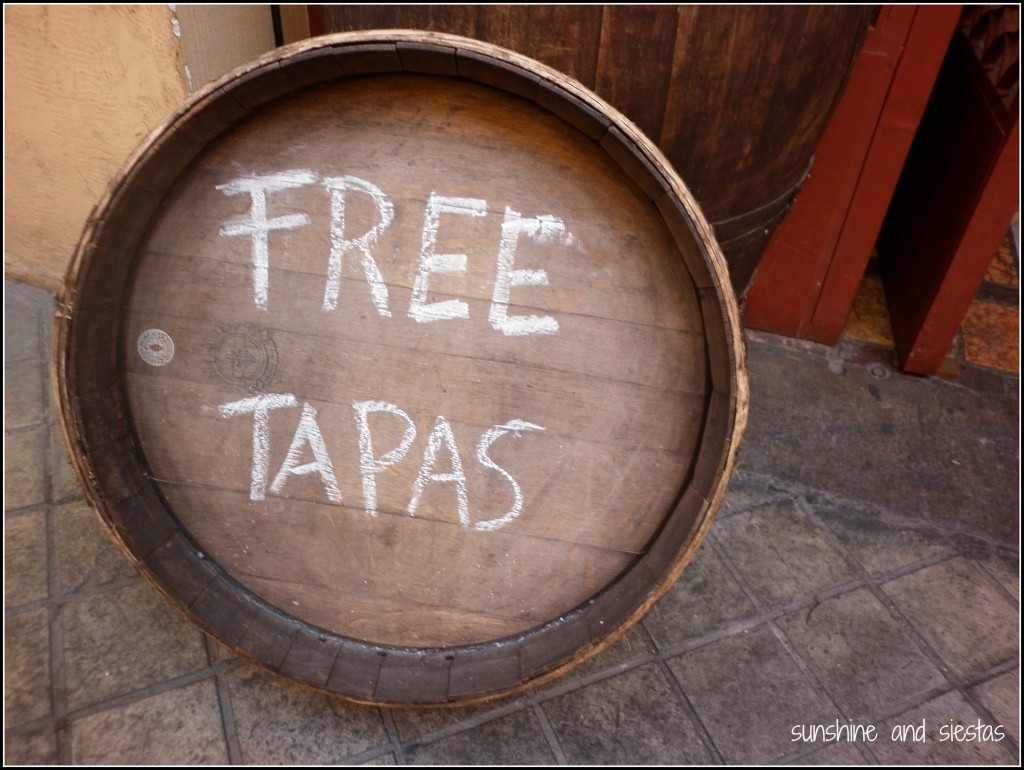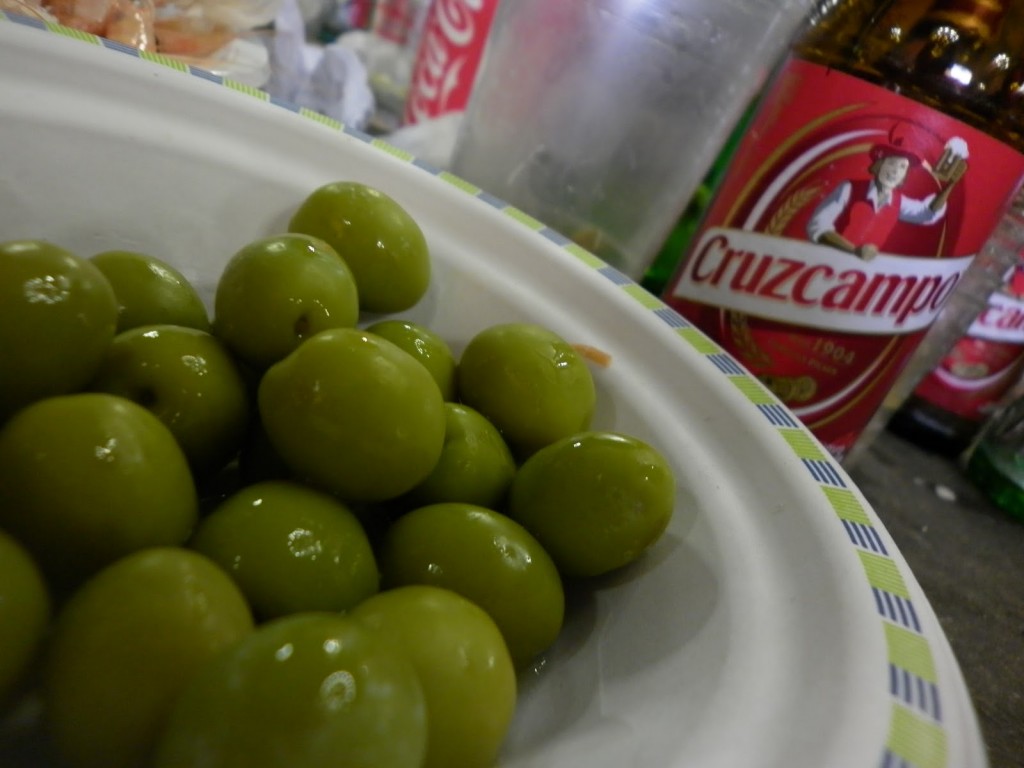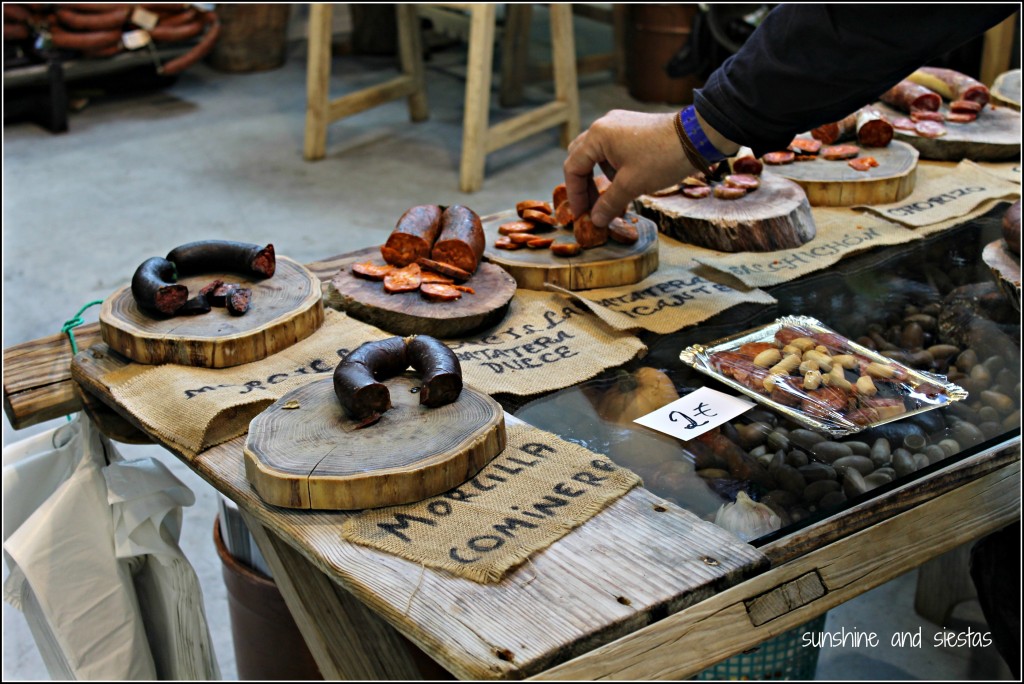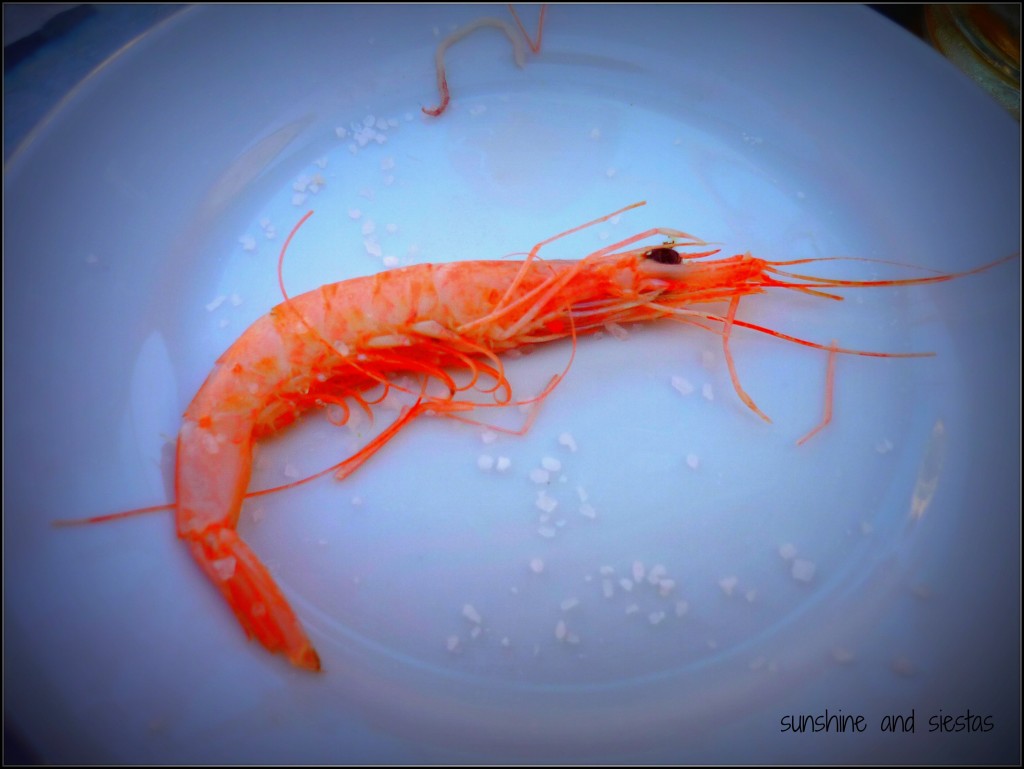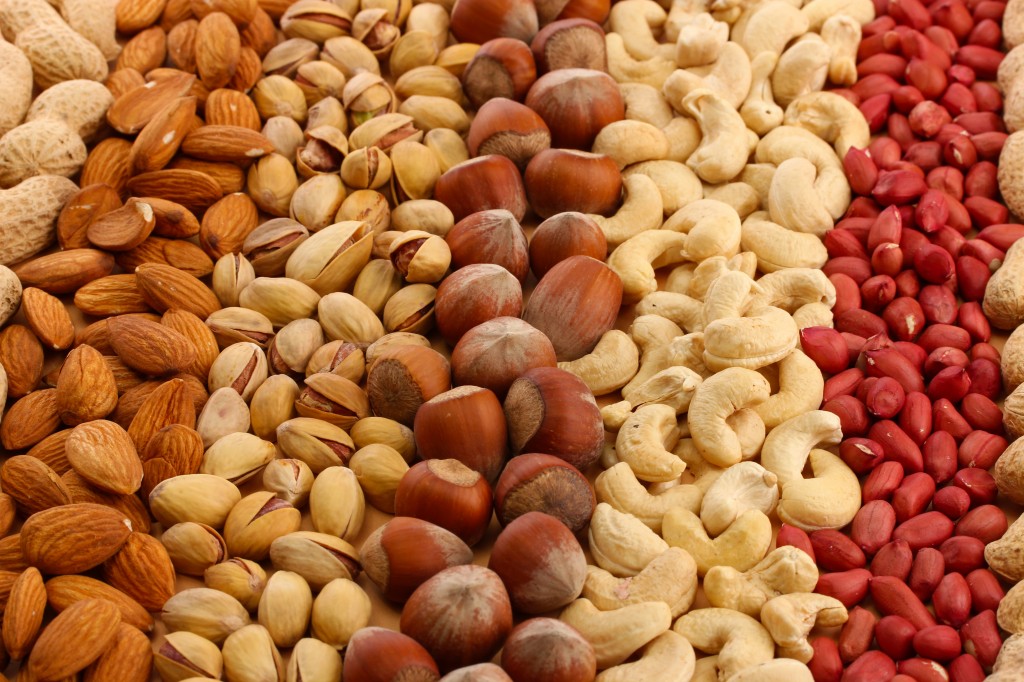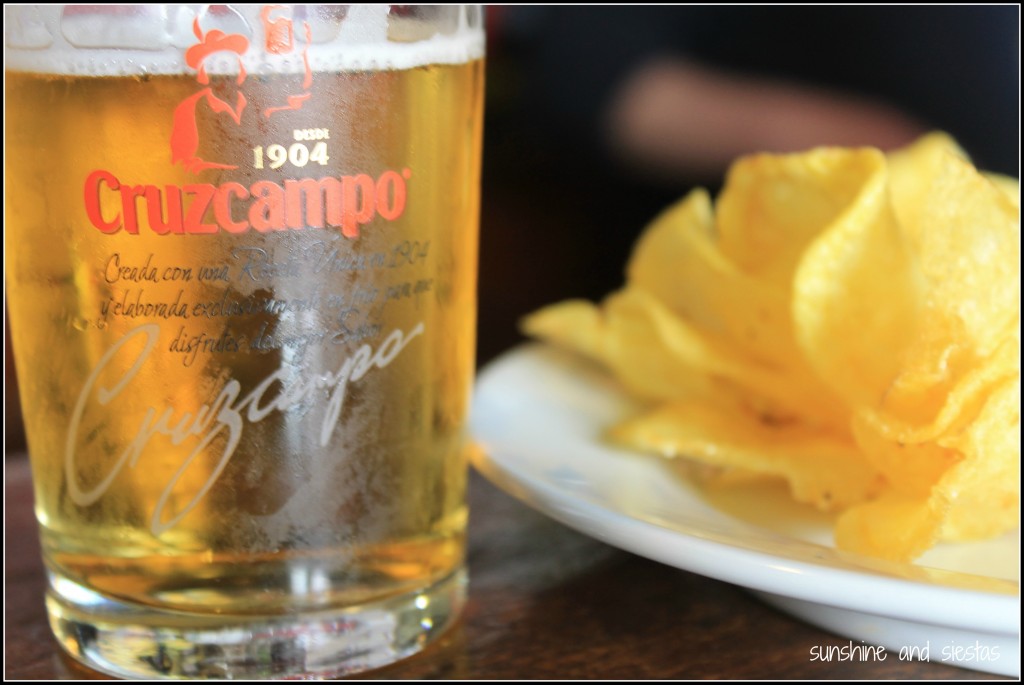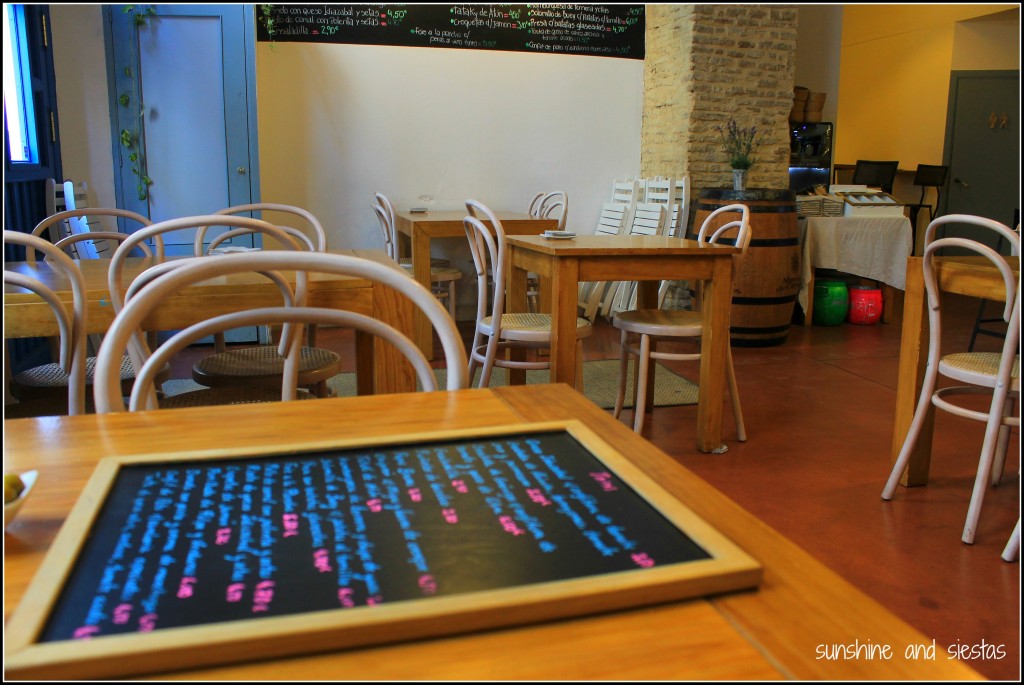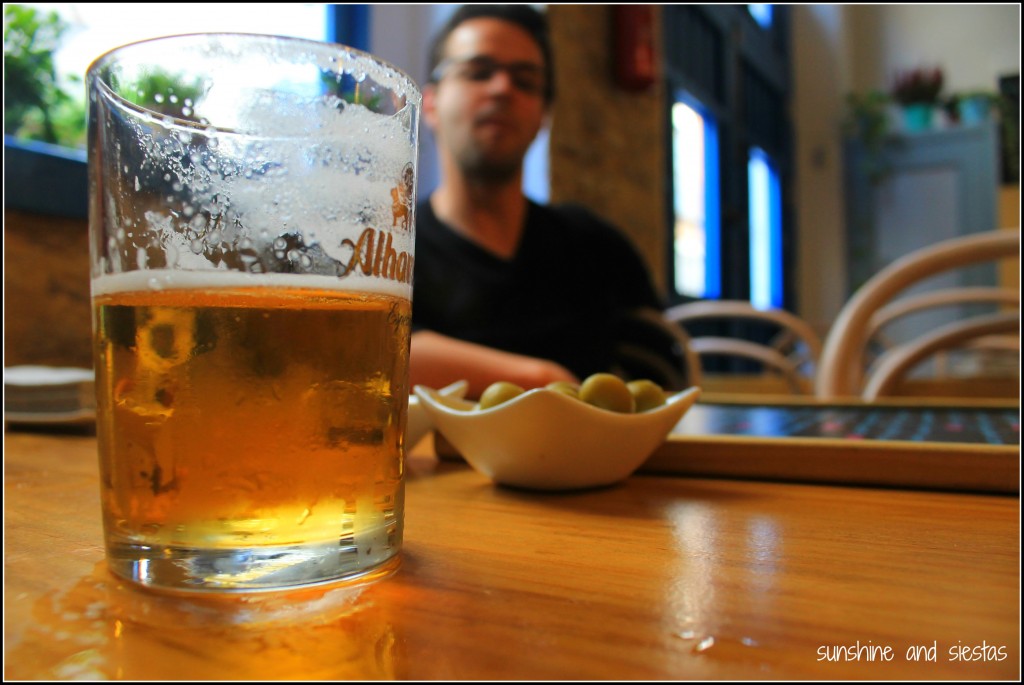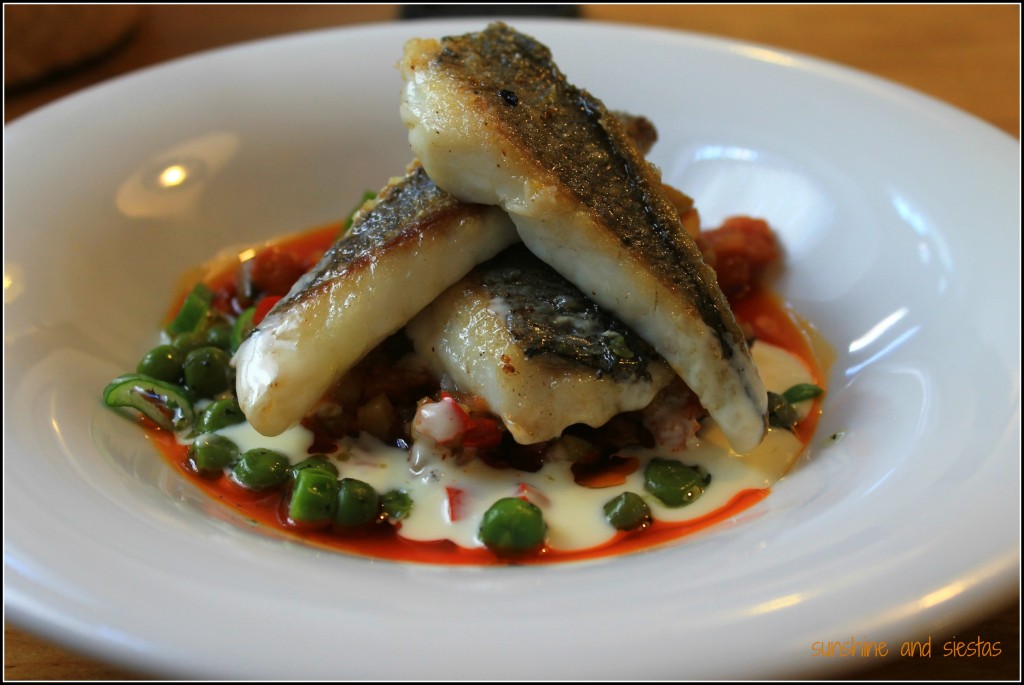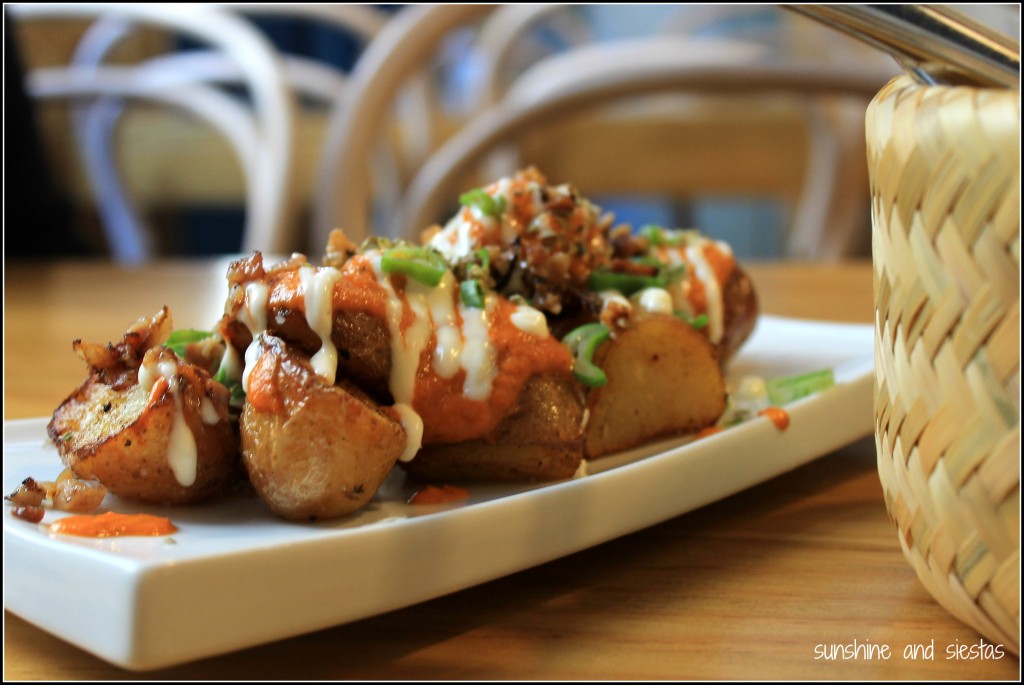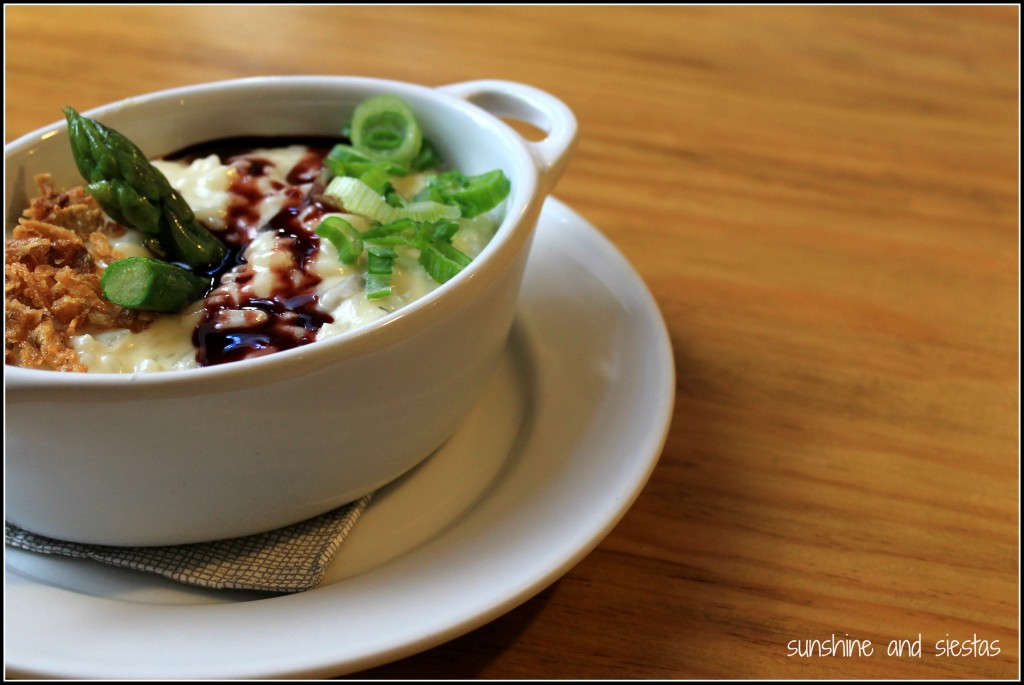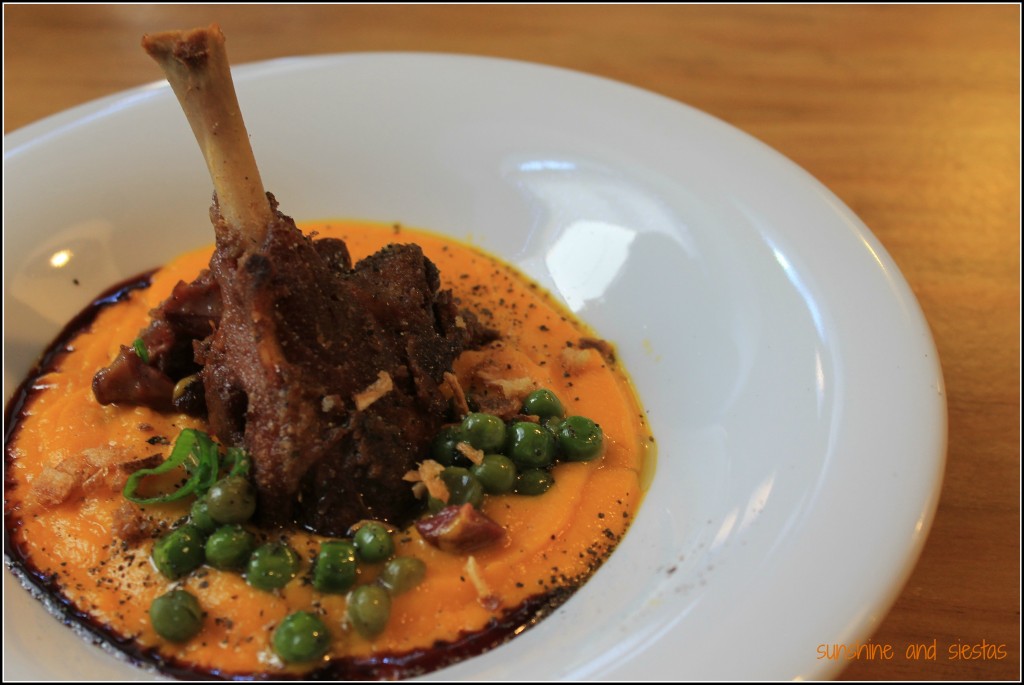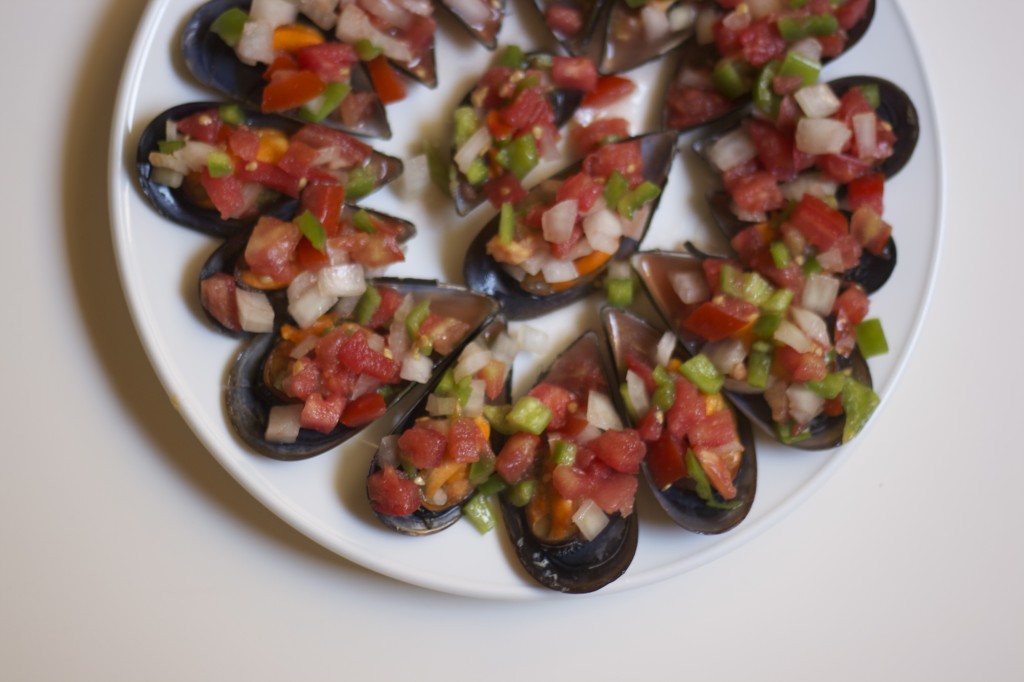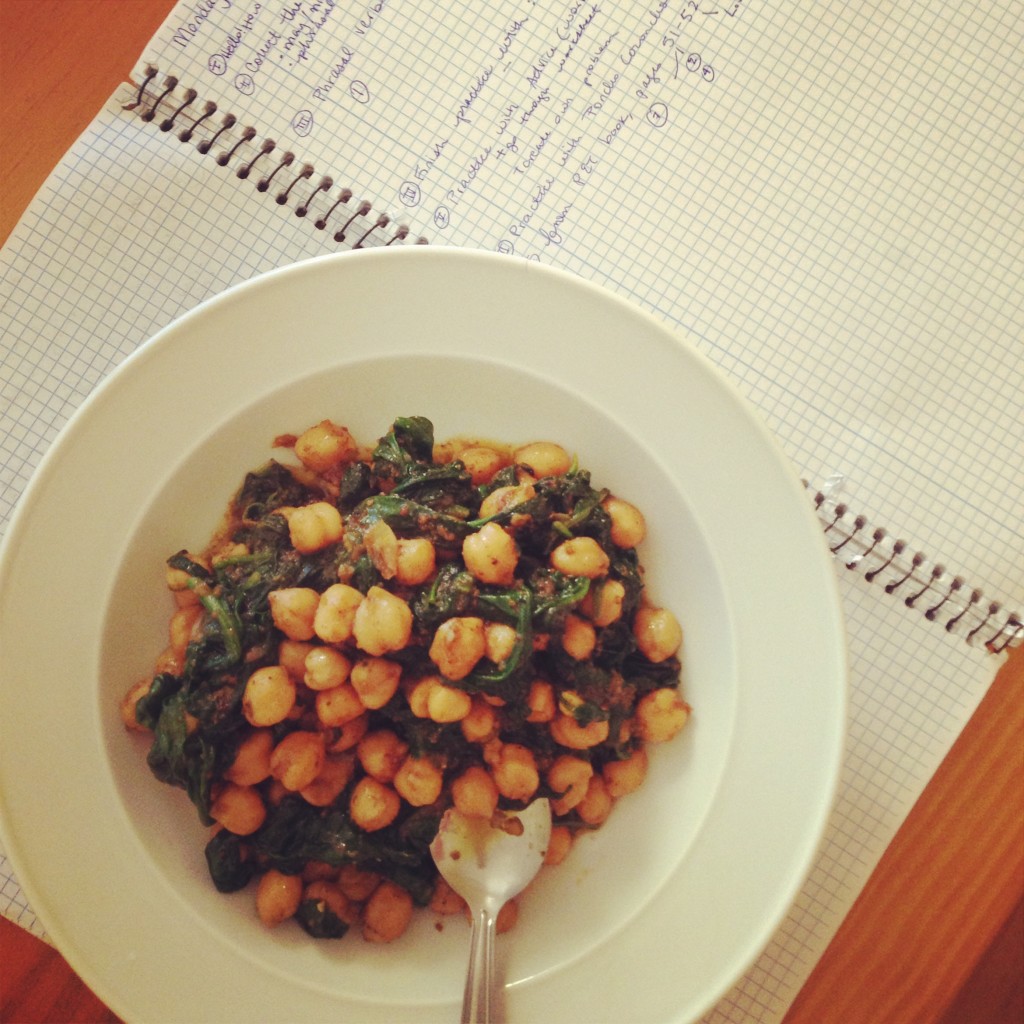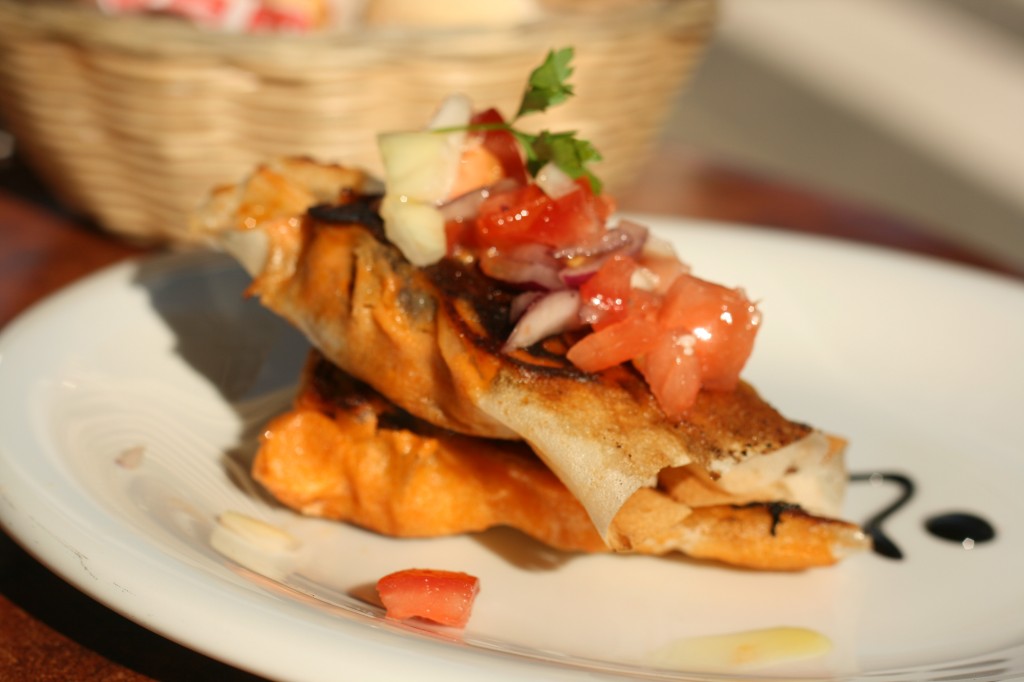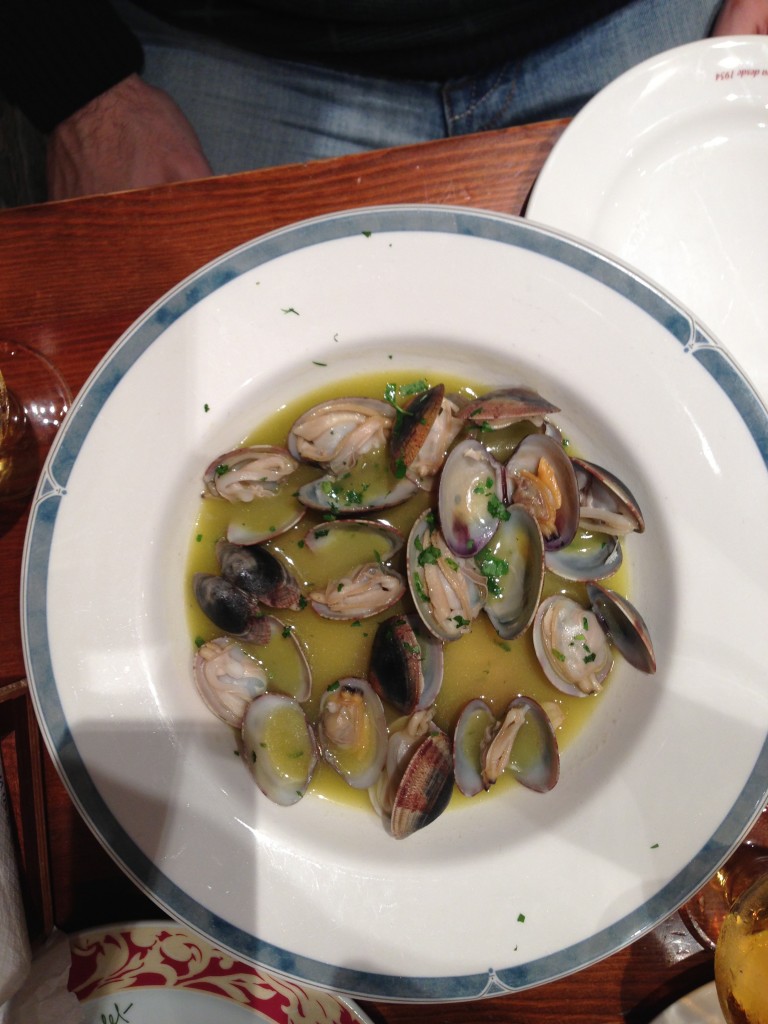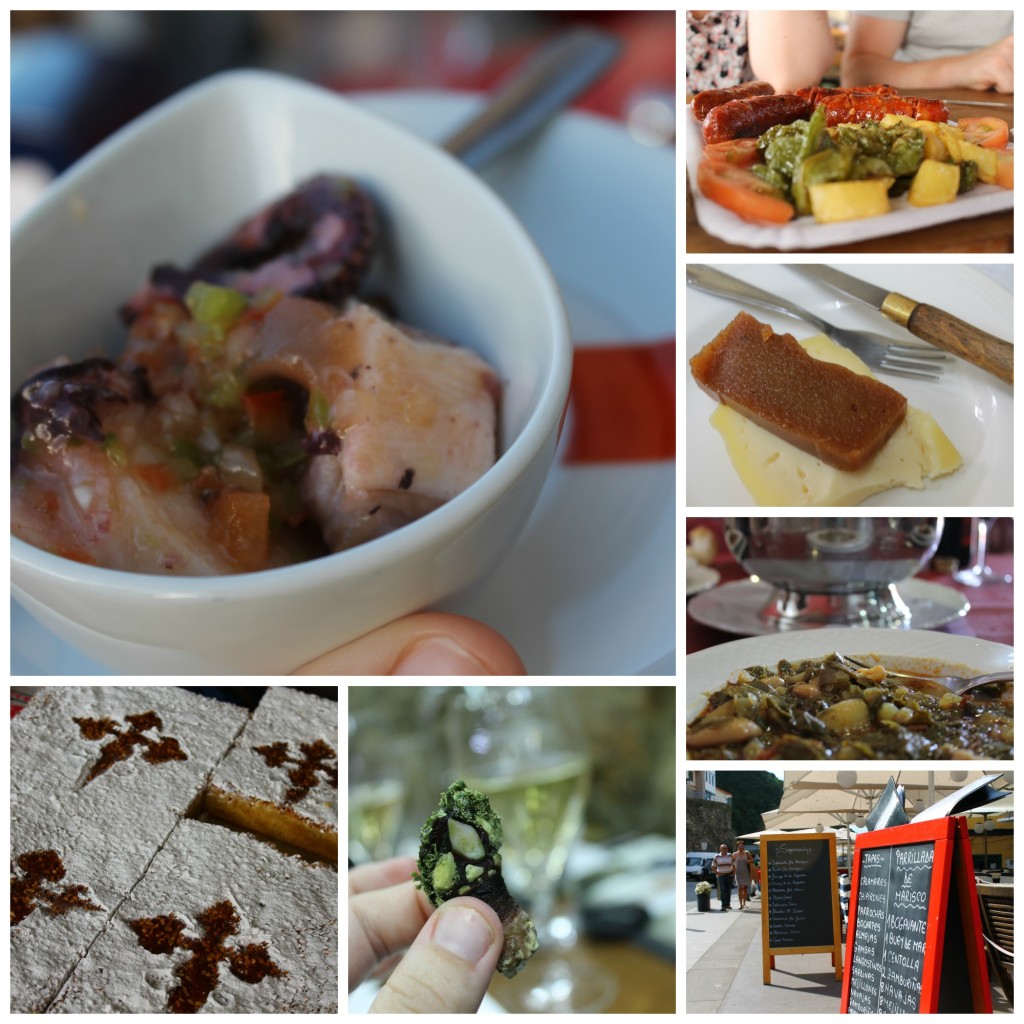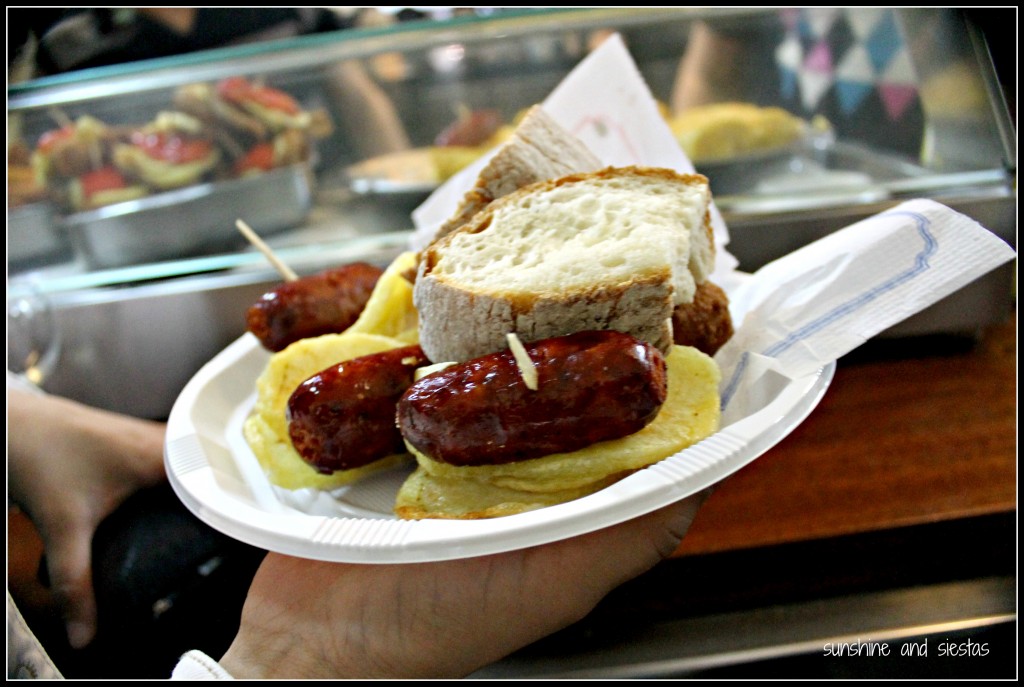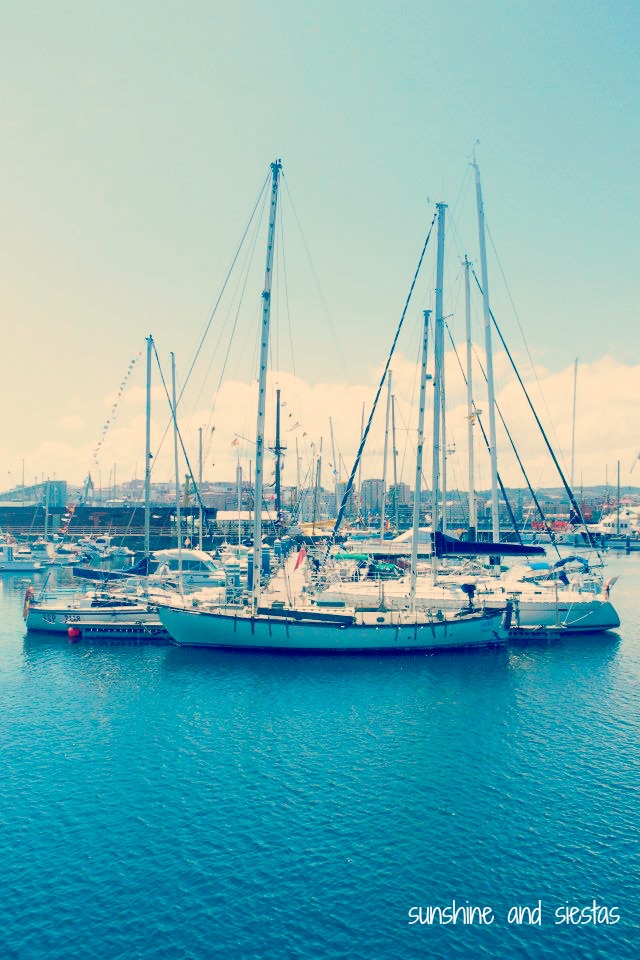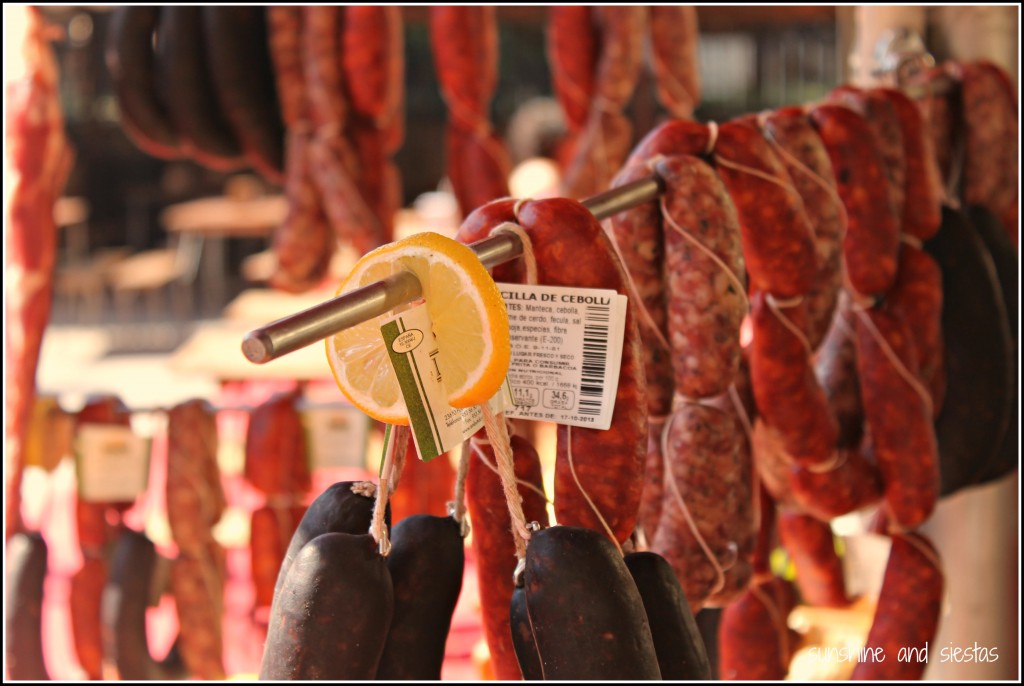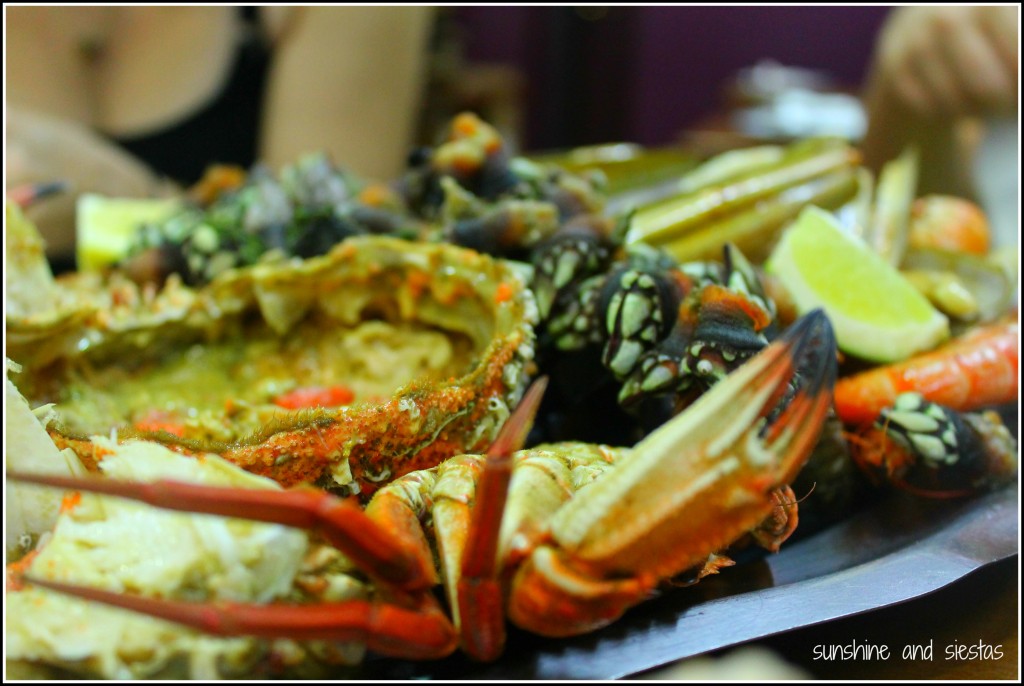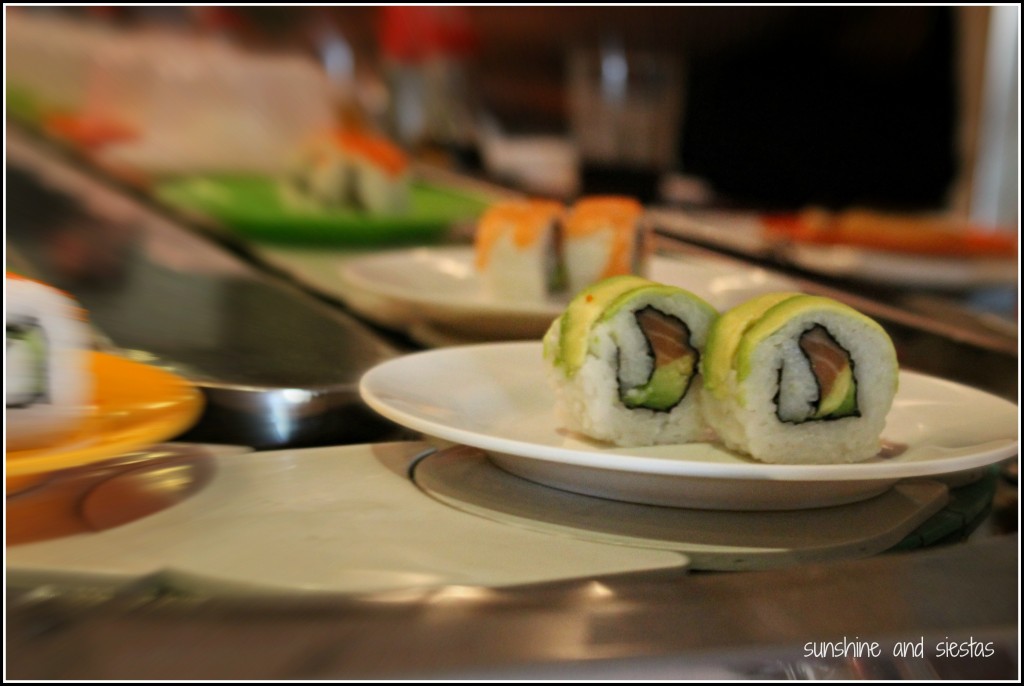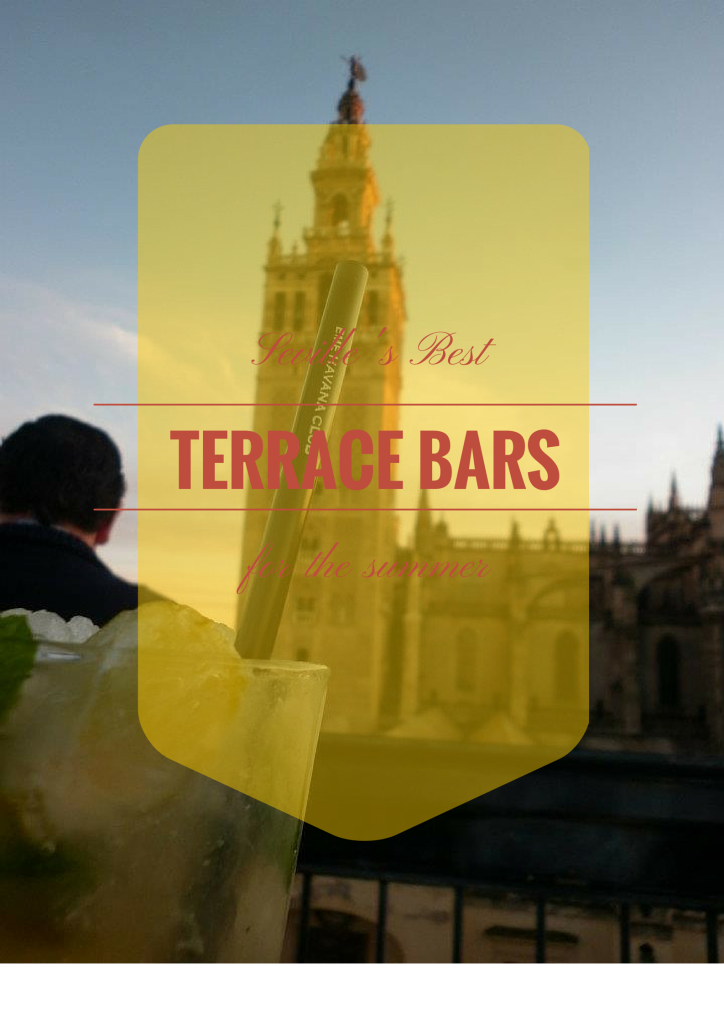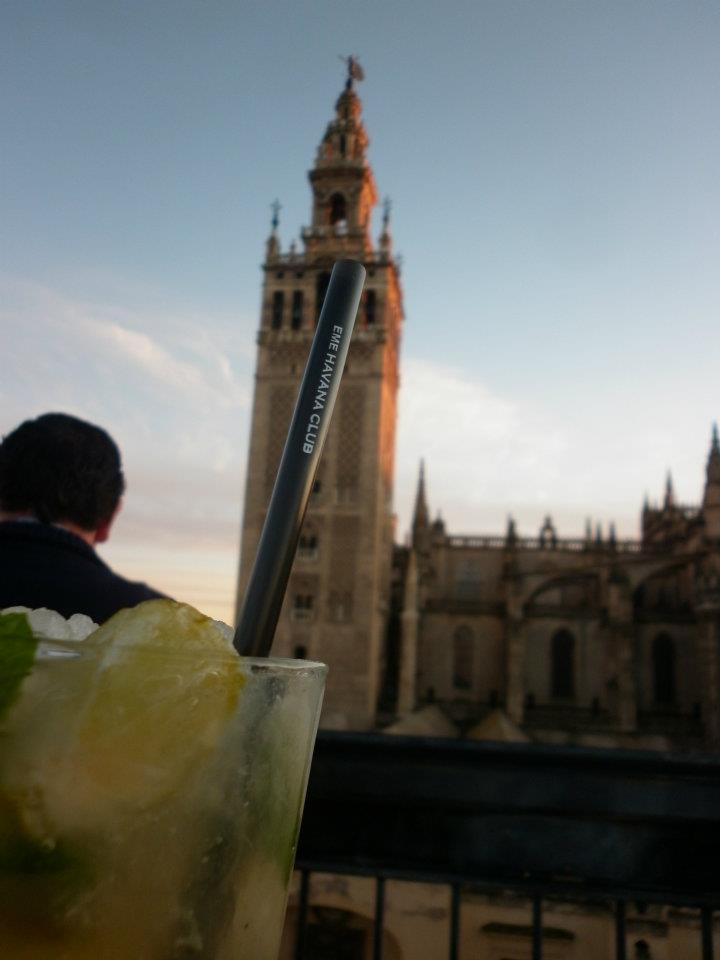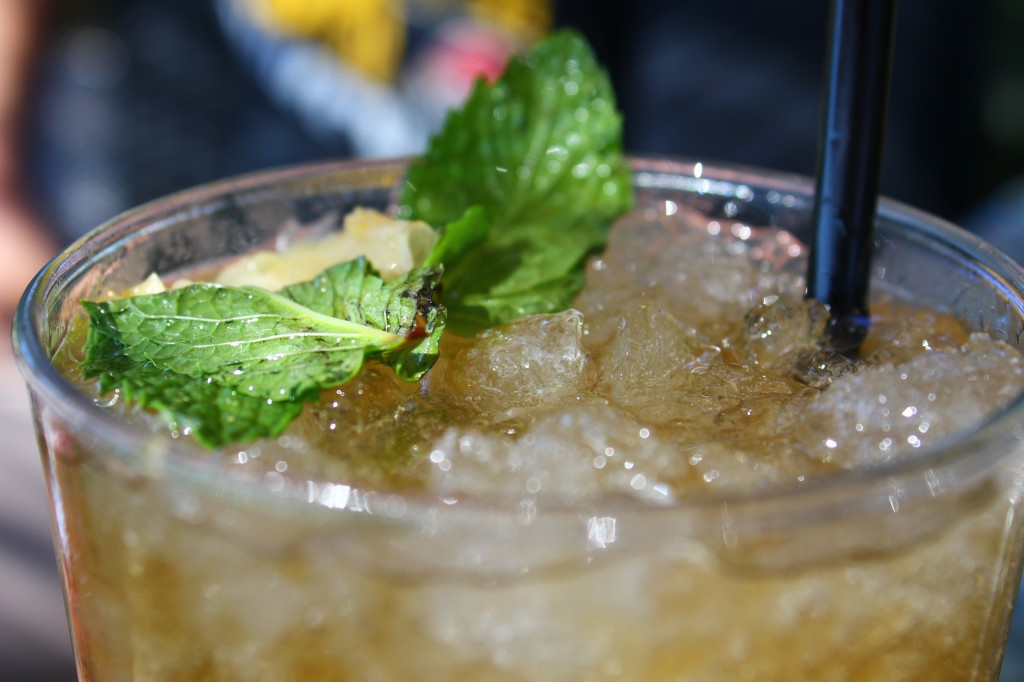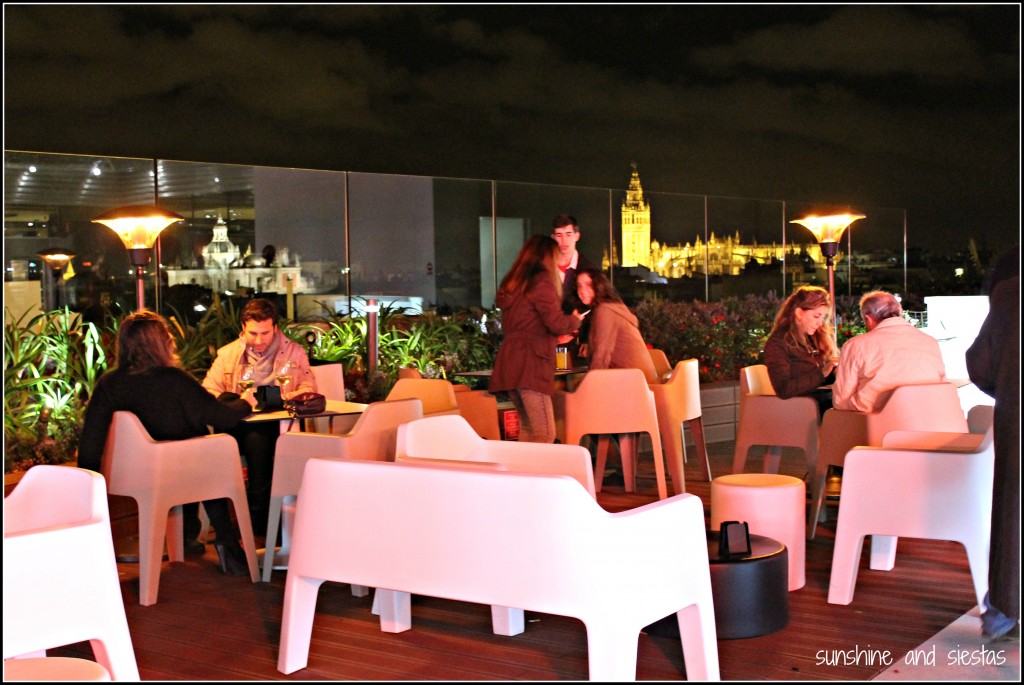Growing up, I didn’t even know Spanish food existed. My mother is not an adventurous eater, and even our tacos were devoid of spice, onions and garlic powder.
When I began studying Spanish at age 13, I was exposed to an entirely different culinary world – Spanish cuisine. Tapas were discussed extensively in my textbook, but it seemed like a foreign concept that I’d never get to try. That is, until Señor Selleck took us to Mesón Sabika – one of the few Spanish restaurants in the Chicagoland area at the time – senior year for a field trip.
Recently, Kaley of Kaley Y Mucho Más published a post on why she thought American tapas restaurants get it all wrong. She’s definitely got a point – tapas portions at raciones prices and a more crowd-pleasing “take” on Spanish cuisine is not for me – but since I had to be at Meson Sabika for a lunchtime meeting, I figured I could have a beer and a few dishes.
Arriving at a Spanish meal time of nearly 2pm, the frazzled but friendly waitress led us immediately to the bar, where we figured we’d get away from the lull of chatter of the other patrons. Built in 1847 as a family home, the mansion that houses Meson Sabika has various dining rooms named after Spanish cities, landmarks and foods with accented ceramic bowls and bullfighting posters. Not as sleek as Café Ba-ba-reeba or Mercat a la Planxa, but definitely more intimate than Café Ibérico.
The Spanish wine list is extensive, with even lesser-known DOs like Jumilla and Toro represented. Margaret chose a fruity Rueda, but I stuck with a beer and ordered a 1906 (Spanish restaurants may not know Spanish food, but Meson Sabika had my two favorite Spanish beer brands, Estrella Galicia and Alhambra!).
While safe, the menu plays up Spanish favorites by making them a bit more American-palate friendly. Many of the meat dishes had cheese or roasted vegetables with them, bocaditos came with garden salads and not one dish contained a weird animal part. We settled on papas bravas to share, which came covered with shredded manchego cheese and chopped parsley. Not the most Spanish dish, but definitely tasty.
We each decided on an individual entrée – skirt steak with roasted potatoes and cabrales cheese for my sister, eggplant and roasted red peppers sliders for me. After so many brats and beers and processed food, it tasted like home.
While Spanish restaurants stateside might not embrace the eat-as-many-small-plates-as-you-like and we’re-family-let’s-share mentality that I love about Spanish food traditions, the menu does have a lot of different choices for even the most wary about Spanish food (let’s put it this way – my mother thinks it’s an appropriate for a big party venue) and makes it pretty easy to share a few things and still get your own plate.
But, ouch, the bill! A meal like this back in Spain might have run us 20€ without a tip, but I ponied up $50 after tax and tip for the two of us. And no free olives?!
Have you been to any tapas bars or Spanish restaurants in your home country? What it your opinion on their food, prices and portions?
In case you go: Mesón Sabika is located on Aurora Avenue in downtown Naperville. Open daily for lunch and dinner; Saturdays, dinner only. Their menu is available on their website.

